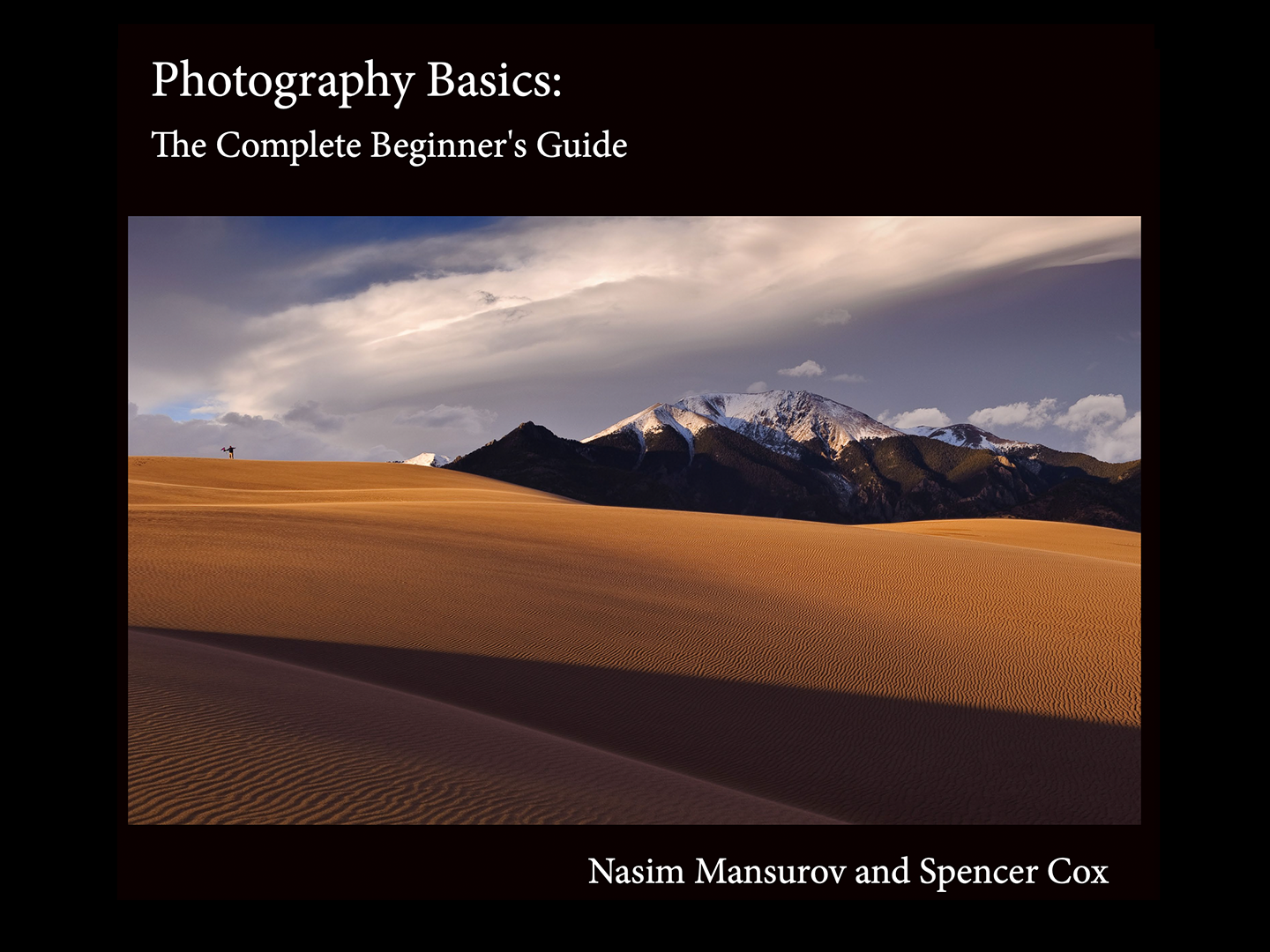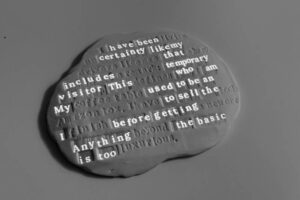![]()
Blackmagic announced DaVinci Resolve 19.1 today as it looks to bolster its ability adding depth and speed to multicam, audio, and visual effects workflows.
Known for frequent updates and community-oriented rollouts, Blackmagic introduced a wealth of tools that streamline and enhance editing on every front. The update is downloadable now and promises new creative and technical possibilities for photographers venturing into video or anyone refining cinematic visuals.
Starting with audio, the edit page now includes a trim slider for channel adjustments within the inspector. This addition gives editors control over multichannel recordings, allowing individual channels to be trimmed and balanced. The added audio ducking improvements make background noise control more intuitive, especially useful for shots with multiple characters or complex ambient sound layers. These adjustments work within an updated menu designed to save time and clicks.
![]()
In the Fairlight audio suite, duplication and disabling of tracks are accessible from the track header context menu which enables immediate adjustments to audio without moving back and forth between menus. Waveform overlays, now visible for adjacent clips while trimming, clarify edit points and should make fine adjustments easier. New drag-and-drop track reordering in the mixer view improves organization when handling multiple tracks, great for complex audio sessions with high track counts. Fairlight also offers support for new Dolby formats, including stereo direct, 7.1.2, and 9.1.4, for editors working in spatial audio environments or cinematic surround sound setups.
There are even updates to how visual effects are produced. DaVinci Resolve 19.1 expands Fusion’s toolkit, adding a variety of effects and templates that cater to practical and creative needs alike. Fusion’s new background generators allow users to create stage curtains, star fields, and various gradients, useful for layering or creating transitional visuals without searching for external assets. Title options now include templates with effects like glass, rainbow, and gradient outlines. Enhanced interlacing support ensures that effects align with the original field dominance, a crucial detail for editors working with archival or interlaced footage.
![]()
Another new feature in Fusion is the USD export tool, designed to facilitate the export of scenes and assets from compositions, including geometry, lighting, and cameras. This tool enables smoother workflow integration with 3D programs, a vital feature for editors and visual effects artists using multi-platform pipelines. With compatibility for USD 24.08 and improved MaterialX performance, this update aids in creating polished and complex visual effects. Fusion also introduces polygon and B-spline viewer toolbar controls, aiding in the ability to fine-tune complex shapes and motions in effects.
Color grading receives a significant update with Resolve 19.1. With it, users can copy the active node stack layer from timeline clips and apply it to other clips. This allows consistent grading across projects. When using the DaVinci Resolve Mini Panel, the addition of custom curve control points in the menu looks to improve the grading process, allowing physical controls to directly edit curves for a more tactile grading experience. This version further optimizes object mask caching, which means the mask remains intact when clips are resized, reordered, or color-graded before the object mask node.
![]()
This release also offers expanded support for spatial photos and videos, including editing capabilities for Apple Vision Pro. This addition aligns DaVinci Resolve with the growing trend of immersive media, allowing editors to color grade and render spatial formats for VR environments. The color page gains subtle yet important new features, including node color indicators and timeline filtering by node color, aiding in visual organization within complex projects.
On the delivery end, DaVinci Resolve 19.1 introduces the option to reorder jobs within the render queue. This drag-and-drop functionality means users can shift rendering priorities quickly, helpful for tight deadlines or last-minute client changes. The update also includes H.265 Main10 format encoding on Windows, enhancing the quality of exported video for projects that require higher color depth. Additionally, the delivery page now supports MV HEVC spatial video encoding on Mac. For users working on YouTube or mobile projects, there is a new render setting to export without timecode, allowing smoother integration with mobile platforms.
The media page is not overlooked. Resolve 19.1 adds syncing capabilities from file folders directly into bins, saving editors the time of manual import and organization. Multiple selected timelines can be exported at once, making project management easier for editors working across several timelines. The media pool also remembers the last-opened bins between restarts, enhancing continuity for ongoing projects. Support for Canon file metadata, including tilt and roll angles, is now added, which will help photographers and editors working with these files in Resolve.
Fusion gains automation improvements through IntelliTrack, which handles complex tracking tasks with less manual input. This addition will support editors working on layered or movement-intensive projects. Polygon and B-spline controls allow more detailed adjustments, particularly useful for effects with intricate paths or outlines. Fusion compositions in the media pool now recognize IntelliTrack, automating tracking and easing the task of aligning complex animations or text effects.
Resolve FX Sky Replacement gets a new set of grain controls, while light ray effects add saturation and gamma adjustments, letting editors apply more granular control over specific effects. The blur effects now include per-channel settings, enabling more specific control in channels where blurring or other softening effects may need to vary. These tools create greater control for stylizing shots and balancing visual effects within a scene.
On the Fairlight page, track effects can now apply to stereo-linked tracks, a simple but effective improvement for editors working with dual-channel audio. Other enhancements include virtual slider adjustments, stereo direct support, and clearer visual displays for adjacent waveforms. The redesigned interface adds clarity to track group controls, ensuring that audio remains manageable even within the most complex editing environments.
The scripting API now lets editors sync media pool clips using audio waveform or timecode, further reducing time spent organizing media. Scripts can render presets, create gallery albums, and manage per-node cache modes, giving more automation options for high-volume or collaborative editing workflows.
In general usability improvements, Resolve’s dual-screen layout now offers a resizable secondary window, which brings more customization to workspace setup. New DCTL features expand color science possibilities by adding color picker support and control tooltips for custom transformations.
The update to DaVinci Resolve 19.1 is free and can be downloaded from Blackmagic’s website.
Image credits: Blackmagic Design










 English (US) ·
English (US) ·